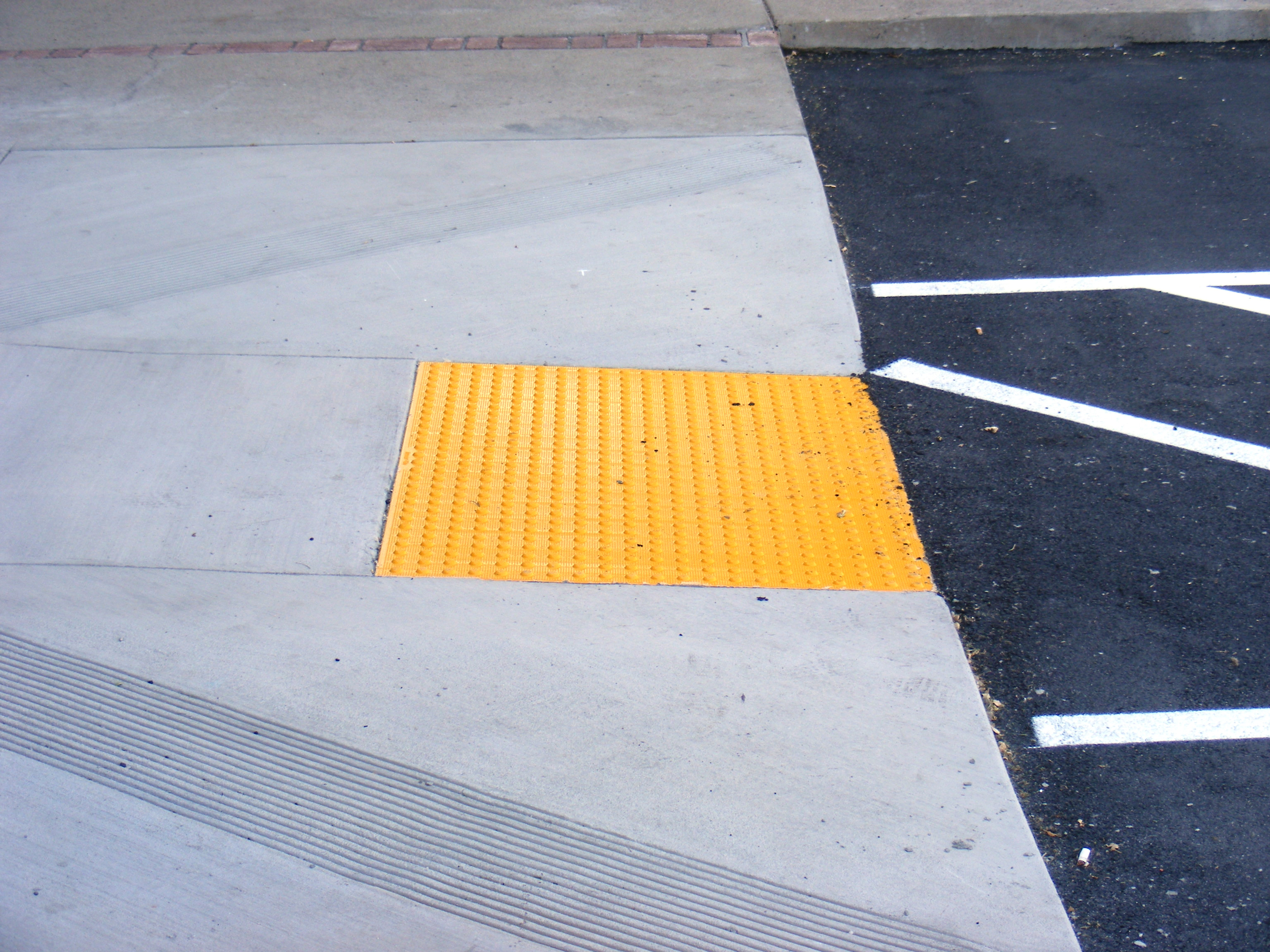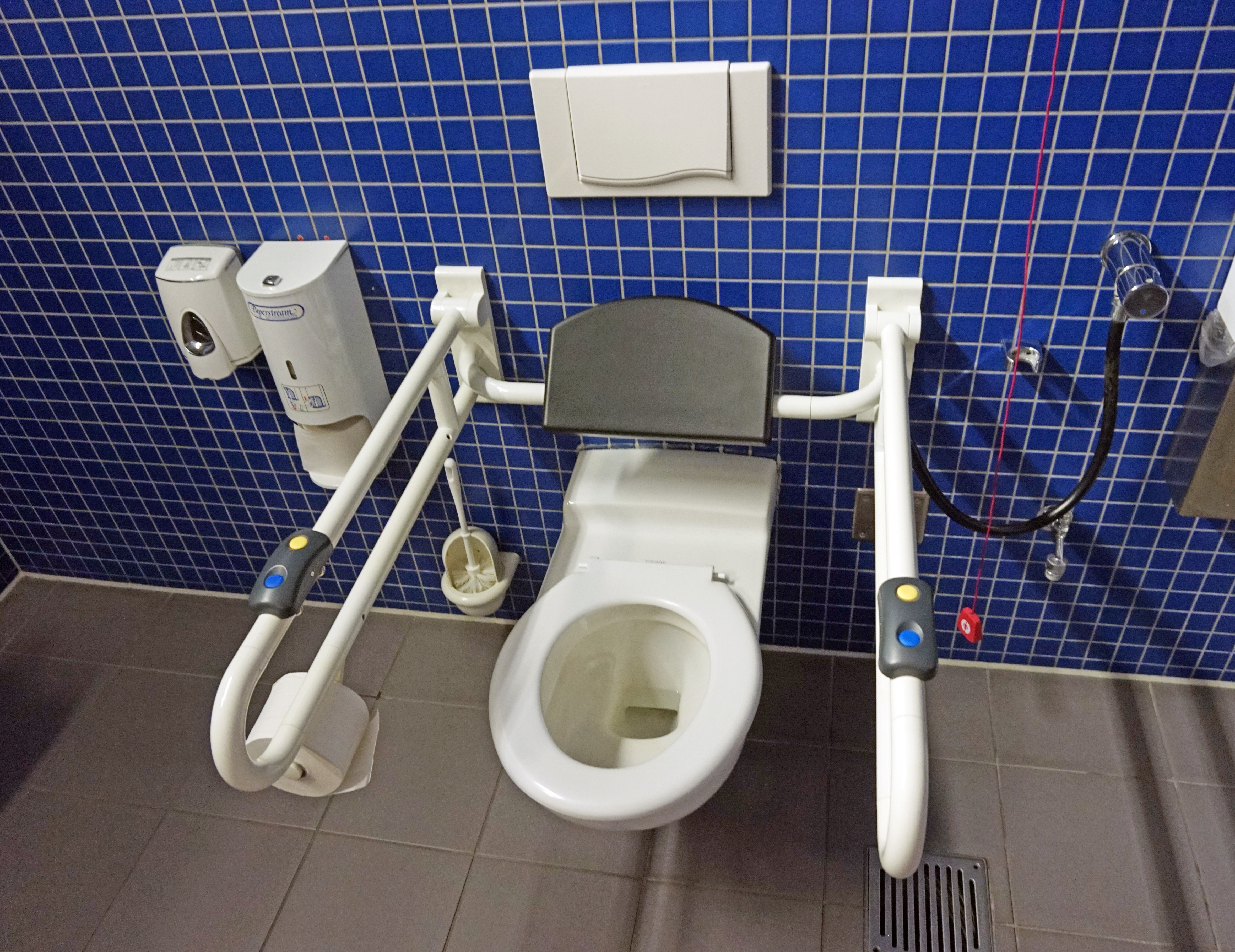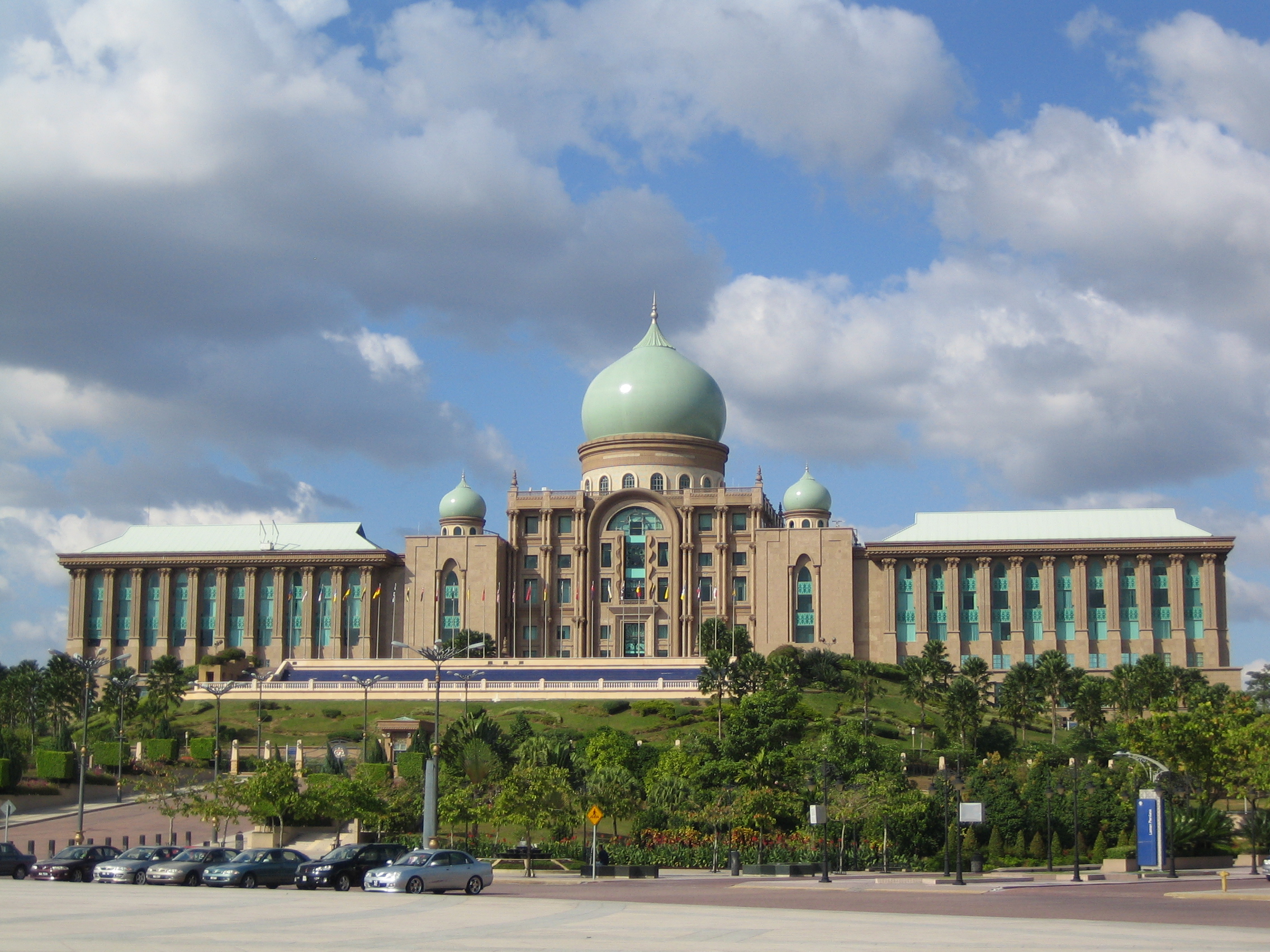|
Pusat Bandar Puchong LRT Station
Pusat Bandar Puchong LRT station is a light rapid transit station at Puchong Town Centre, in Puchong, Selangor. It is operated under the Sri Petaling Line network, between Taman Perindustrian Puchong and IOI Puchong Jaya station. The station is located just beside the busy Damansara-Puchong Expressway (LDP). Like most other LRT stations operating in Klang Valley, this station is an elevated station, which consists of two side platforms. The station is located near to Tesco Puchong and it is about 25 km south of Kuala Lumpur, the capital of Malaysia. A pedestrian bridge over Damansara-Puchong Expressway connects the station to Setia Walk. The station is also provides a direct link to Tesco Puchong via a pedestrian bridge. It mainly serves the residences from Taman Wawasan Puchong and Bandar Puteri Puchong. Shop lots can also be found near Tesco Puchong as well as Setia Walk. The station is a part of the Ampang and Sri Petaling lines extension, Sri Petaling Line Extension P ... [...More Info...] [...Related Items...] OR: [Wikipedia] [Google] [Baidu] |
Light Rapid Transit
A medium-capacity system (MCS), also known as light rapid transit or light metro, is a rail transport system with a capacity greater than light rail, but less than typical heavy-rail rapid transit. MCS’s trains are usually 1-4 cars, or 1 light rail vehicle (LRV). Most medium-capacity rail systems are automated or use light rail type vehicles. Light rail is considered high capacity as trains use 2-4 LRVs. Since ridership determines the scale of a rapid transit system, statistical modeling allows planners to size the rail system for the needs of the area. When the predicted ridership falls between the service requirements of a light rail and heavy rail or metro system, an MCS project is indicated. An MCS may also result when a rapid transit service fails to achieve the requisite ridership due to network inadequacies (e.g. single-tracking) or changing demographics. In contrast with most light rail systems, an MCS usually runs on a fully grade separated exclusive right-of-way. I ... [...More Info...] [...Related Items...] OR: [Wikipedia] [Google] [Baidu] |
Bandar Puteri Puchong
Bandar Puteri Puchong () is an affluent residential and commercial township in Puchong, Selangor, Malaysia. It was developed by the IOI Group, same as Bandar Puchong Jaya and Bandar Kinrara served as main residential hub of Puchong town. Within the township is a bustling commercial centre filled with a variety of businesses and services, including many major banks, a variety of eateries, a wet market - Puteri Mart in Bandar Puteri 5, and a hypermarket - Hero Market, in the building where Giant used to occupy located in Bandar Puteri 1. Bank of China (M) Bhd opened its 6th branch in Malaysia at Tower 2, PFCC, Puteri Puchong in 2012. External linksBandarPuteriPuchong.comBandar Puteri Puchong - Garden City, Smart Lifestyle - 47100, Puchong, Selangor Darul Ehsan Commerce Bandar Puteri Puchong is the center for numerous banking facilities, and they are all in walking distance from one another. The banks in this location are: # Citibank # Maybank # CIMB # Standard Chartered # RHB # ... [...More Info...] [...Related Items...] OR: [Wikipedia] [Google] [Baidu] |
Wheelchair Symbol
The International Symbol of Access (ISA), also known as the (International) Wheelchair Symbol, denotes areas where access has been improved, mostly for those with disabilities. It consists of a usually blue square overlaid in white with a stylized image of a person in a wheelchair. It is maintained as an international standard, ISO 7001 image of the International Commission on Technology and Accessibility (ICTA), a committee of Rehabilitation International (RI). History The ISA was designed by Danish design student Susanne Koefoed in 1968. It was first sketched at a radical design conference mounted by the Scandinavian Students Organization (SDO). The group organized a summer study session at Stockholm's art and design college, Konstfack, alternating time between workshop sessions and larger lectures. In these lectures, the tone was set by the American designer and educator Victor Papanek. In the writings that he formulated during this period, too, he imagined persons who were di ... [...More Info...] [...Related Items...] OR: [Wikipedia] [Google] [Baidu] |
Tactile Paving
Tactile paving (also called tenji blocks, truncated domes, detectable warnings, tactile tiles, tactile ground surface indicators, tactile walking surface indicators, or detectable warning surfaces) is a system of textured ground surface indicators found on stairs and railway station platforms, to assist pedestrians who are vision impaired. Tactile warnings provide a distinctive surface pattern of truncated domes, cones or bars, detectable by a long cane or underfoot, which are used to alert the vision-impaired of approaching streets and hazardous surface or grade changes. There is disagreement between the design and user community as to whether installing the aid inside buildings may cause a tripping hazard. A system of tactile paving was first instituted in Japan at pedestrian crossings and other hazardous road situations; the United Kingdom, Australia and the United States picked up the standard in the early 1990s. Canada started incorporating them into transportation first ... [...More Info...] [...Related Items...] OR: [Wikipedia] [Google] [Baidu] |
Automated Fare Collection
An automated fare collection (AFC) system is the collection of components that automate the ticketing system of a public transportation network - an automated version of manual fare collection. An AFC system is usually the basis for integrated ticketing. System description AFC systems often consist of the following components (the "tier" terminology is common, but not universal): * Tier 0 - Fare media * Tier 1 - Devices to read/write media * Tier 2 - Depot/station computers * Tier 3 - Back office systems * Tier 4 - Central clearing house In addition to processing electronic fare media, many AFC systems have equipment on vehicles and stations that accepts cash payment in some form. Fare media AFC systems originated with tokens or paper tickets dispensed by staff or from self-service vending machines. These have generally been replaced with magnetic stripe cards. Since their introduction in 1997 with the Octopus card in Hong Kong, contactless smart cards have become the standard ... [...More Info...] [...Related Items...] OR: [Wikipedia] [Google] [Baidu] |
Accessible Toilet
Accessible toilets are toilets that have been specially designed to better accommodate people with physical disabilities. Persons with reduced mobility find them useful, as do those with weak legs, as a higher toilet bowl makes it easier for them to stand up. Additional measures that can be taken to add accessibility to a toilet include providing more space, adding grab bars to ease transfer to and from the toilet seat, and providing extra room for a caregiver if necessary. Some countries have requirements concerning the accessibility of public toilets. Toilets in private homes can be modified (retrofitted) to increase accessibility. Description Public toilets (aka restrooms) can present accessibility challenges for people with disabilities. For example, stalls may not be able to fit a wheelchair, and transferring between the wheelchair and the toilet seat may pose a challenge. Accessible toilets are designed to address these issues by providing more space and bars for users ... [...More Info...] [...Related Items...] OR: [Wikipedia] [Google] [Baidu] |
Train Station
A train station, railway station, railroad station or depot is a railway facility where trains stop to load or unload passengers, freight or both. It generally consists of at least one platform, one track and a station building providing such ancillary services as ticket sales, waiting rooms and baggage/freight service. If a station is on a single-track line, it often has a passing loop to facilitate traffic movements. Places at which passengers only occasionally board or leave a train, sometimes consisting of a short platform and a waiting shed but sometimes indicated by no more than a sign, are variously referred to as "stops", "flag stops", " halts", or "provisional stopping places". The stations themselves may be at ground level, underground or elevated. Connections may be available to intersecting rail lines or other transport modes such as buses, trams or other rapid transit systems. Terminology In British English, traditional terminology favours ''railway station' ... [...More Info...] [...Related Items...] OR: [Wikipedia] [Google] [Baidu] |
7-Eleven
7-Eleven, Inc., stylized as 7-ELEVE, is a multinational chain of retail convenience stores, headquartered in Dallas, Texas. The chain was founded in 1927 as an ice house storefront in Dallas. It was named Tote'm Stores between 1928 and 1946. After 70% of the company was acquired by an affiliate Ito-Yokado in 1991, it was reorganized as a wholly owned subsidiary of Seven & I Holdings. 7-Eleven operates, franchises, and licenses 78,029 stores in 19 countries and territories as of November 2021. While operating under its namesake brand globally, within the United States it operates as 7-Eleven nationally, as Speedway nationally but mostly in the Midwest & East Coast, and as Stripes Convenience Stores within the South Central United States; both Speedway and Stripes operate alongside 7-Eleven's namesake stores in several markets. 7-Eleven also operates A-Plus locations with the name licensed from owner and fellow Metroplex-based Energy Transfer Partners, though most of these sto ... [...More Info...] [...Related Items...] OR: [Wikipedia] [Google] [Baidu] |
Malaysian Federal Budget
In Malaysia, federal budgets are presented annually by the Government of Malaysia to identify proposed government revenues and spending and forecast economic conditions for the upcoming year, and its fiscal policy for the forward years. The federal budget includes the government's estimates of revenue and spending and may outline new policy initiatives. Federal budgets are usually released in October, before the start of the fiscal year. All of the Malaysian states also present budgets. Since state finances are dependent on money from the federal government, these budgets are usually released after the federal one. The federal budget is a major state financial plan for the fiscal year, which has the force of law after its approval by the Malaysian parliament and signed into law by the Yang di-Pertuan Agong. Revenue estimates detailed in the budget are raised through the Malaysian taxation system, with government spending representing a sizeable proportion of the overall economy. ... [...More Info...] [...Related Items...] OR: [Wikipedia] [Google] [Baidu] |
Abdullah Ahmad Badawi
Tun Abdullah bin Ahmad Badawi ( Jawi: عبد الله بن احمد بدوي; born 26 November 1939) is a Malaysian politician who served as the 5th Prime Minister of Malaysia from October 2003 to April 2009. He was also the sixth president of the United Malays National Organisation (UMNO), the largest political party (that time) in Malaysia, and led the governing Barisan Nasional (BN) parliamentary coalition. He is informally known as Pak Lah, ''Pak'' meaning 'Uncle', while ''Lah'' is taken from his name 'Abdullah'. He was also a Member of Parliament (MP) for Kepala Batas for eight consecutive terms, that was from 1978 to 2013. Currently, he serves as the Chancellor of Universiti Teknologi Petronas (UTP). Background, early life and education Abdullah was born in Bayan Lepas, Penang to a prominent religious family. Badawi's paternal grandfather, Syeikh Abdullah Badawi Fahim, was of Hadrami descent. Syeikh Abdullah was a well-respected religious leader and nationalist, was ... [...More Info...] [...Related Items...] OR: [Wikipedia] [Google] [Baidu] |
Prime Minister Of Malaysia
The prime minister of Malaysia ( ms, Perdana Menteri Malaysia; ms, ڤردان منتري مليسيا, label= Jawi, script=arab, italic=unset) is the head of government of Malaysia. The prime minister directs the executive branch of the federal government. The Yang di-Pertuan Agong appoints as the prime minister a member of Parliament (MP) who, in his opinion, is most likely to command the confidence of a majority of MPs; this person is usually the leader of the party winning the most seats in a general election. After the formation of Malaysia on 16 September 1963, Tunku Abdul Rahman, the chief minister of the Federation of Malaya, became the first prime minister of Malaysia. Appointment According to the Federal Constitution, the Yang di-Pertuan Agong shall first appoint a prime minister to preside over the Cabinet. The prime minister is to be a member of the Dewan Rakyat (House of Representatives), and who in his majesty's judgment is likely to command the confidence ... [...More Info...] [...Related Items...] OR: [Wikipedia] [Google] [Baidu] |
.jpg)




.jpg)

